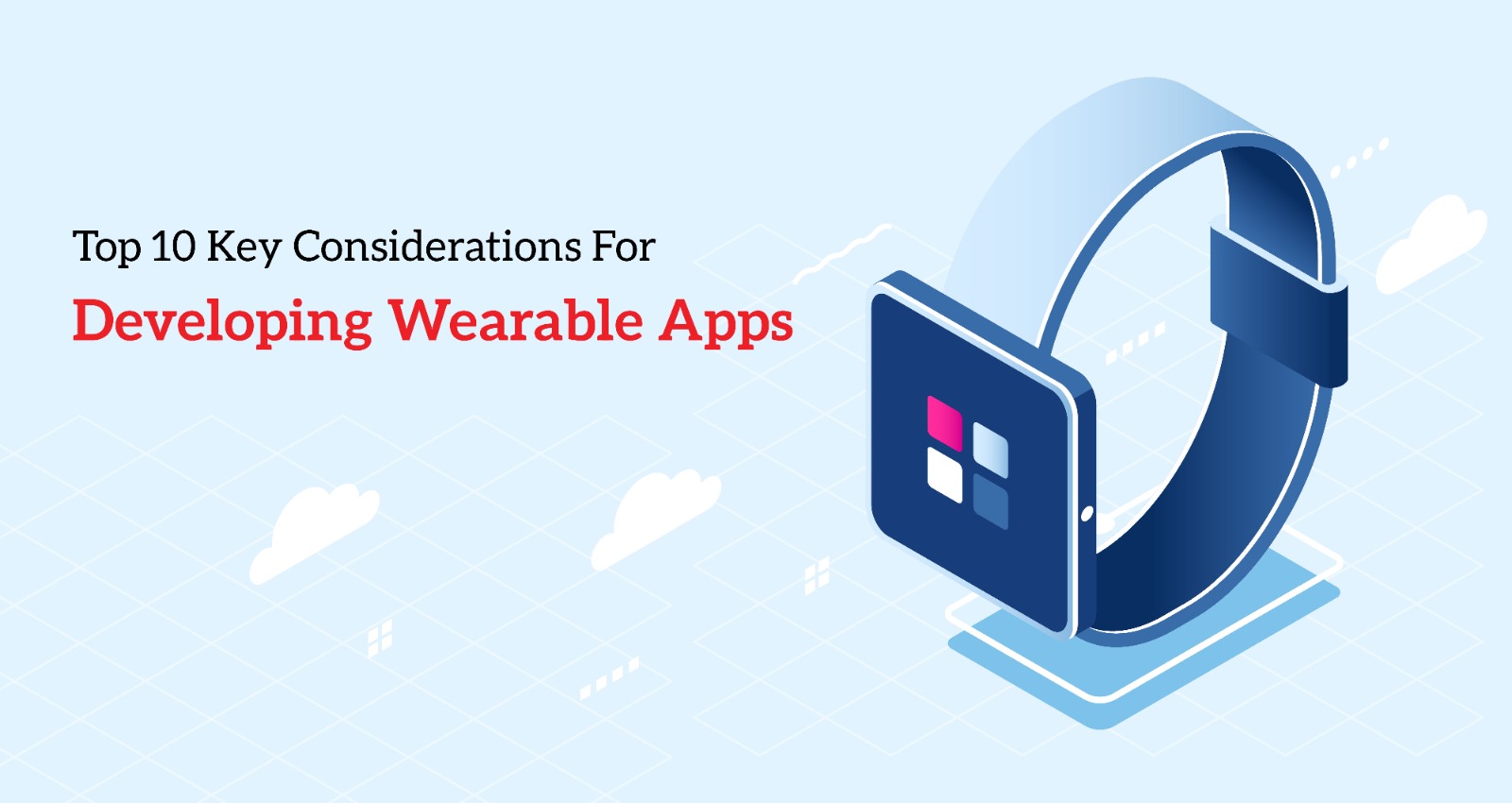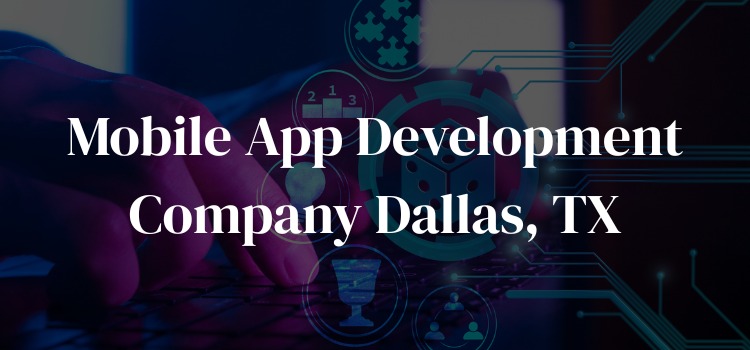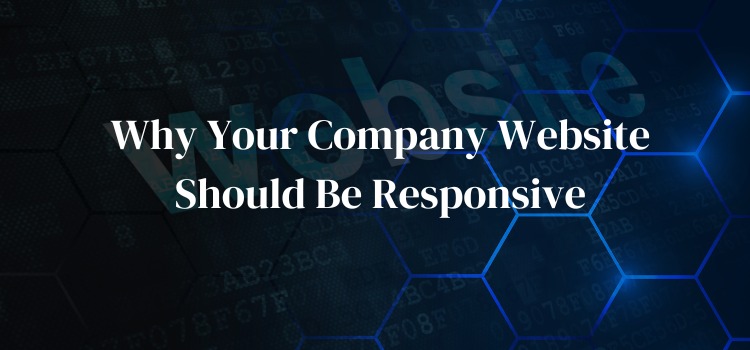
In the world of smart devices like tablets, computers, smartphones, and smartwatches, Wearable Apps Development has emerged as a crucial aspect of our everyday lives. In the past, the size of computers limited their capabilities. However, continuous advancements in technology have enabled us to wear cutting-edge devices that significantly enhance the quality of life and improve efficiency.
Wearable devices transmit data and provide real-time insights tailored to their operations, offering numerous advantages. The smartwatch serves as an exceptional illustration of how seamlessly it integrates with wearable apps. By leveraging these apps, users can effortlessly access a diverse array of mobile applications and interact with their smartwatches.
Let’s Understand What Is Wearable Apps Development.
Wearable devices, commonly known as wearables or wearable gadgets, include smartwatches and fitness trackers, among others. These devices are specifically designed to be worn on the body, providing users with convenient access to information and various functionalities. These devices, whether strapped to the wrist, attached to the skin, worn on the foot, or integrated into clothing, heavily depend on wearable apps to facilitate seamless data transfer and deliver an enhanced user experience. Wearable Apps Development plays a pivotal role in creating applications that enable efficient communication between the wearables and the network, ensuring smooth data exchange and maximizing the potential of these innovative devices.
“Wearable applications” are apps that make advantage of such wearable technologies. The expert developers devote their time to creating sophisticated yet modern wearable apps development. Moreover, wearable apps may access the device’s operating system and hardware. These sensors acquire the information that is supplied to the software that is created to deliver the desired outcome.
Top 10 Key Considerations For Developing Wearable Apps
1. Context-aware Design
Context is the foundation of any design, and you should utilise it to quickly and clearly convey particular information. Context is key when designing for wearables. There are many sensors embedded into smart devices, and it is feasible to use these sensors to ascertain the user context. Consider making the context-relevant information glanceable while the user is utilising Geolocation services to improve the user experience.
2. Physical Models and Attack Surfaces
Several of the identical cybersecurity dangers and problems that affect legacy systems also affect wearable apps. The secure creation of wearable apps should take into account new hardware concepts and attack surfaces. When beginning a new project, threat modelling is a wonderful place to start since it can show you the distinctive qualities of Cutting-Edge Technological Solutions.
3. Architectural Wear
Because of type restrictions, pairing technology must be used to create and distribute applications. For instance, users may access a number of apps running on the iPhone by pairing the Apple Watch with a smartphone. The wearable interface is made to function and talk to the iPhone.
App updates must be sent via smartphones as well. Apple Watch applications cannot be updated or upgraded directly from the watch; instead, the iPhone must be used to do it. This process modifies the standard SDLC and generates additional dependencies.
4. Create a Simple, Clear User Interface
Anything you display on the screen must be readable by users and easy for them to use while on the move. With smartwatches and other devices, minimalist design works best. with Wearable UI, everything should be clear and uncomplicated, including the use of colour and typography:
Clearly different. On tiny displays, contrast is crucial because it makes items visible and easier to read quickly. Examine your user interface in actual settings.
Simple typefaces. Simple Sans Serif typefaces are among the most readable choices for wearable technology.
Enough gap between the components. On a small screen, the amount of space between items may make or break a design. If you leave too much space between pieces, there won’t be any area for more material, but if you leave insufficient space between them, it will be difficult to see or read. Finding the right balance will enable you to deliver functionality and improve the glanceability of wearable UI.
5. Your Product’s Unique Selling Point
The biggest error would definitely be to create a wearable app development that is similar to other applications that are already available. You must be distinctive in your field. Does your app target a different demographic or address a unique issue? Is your marketing distinctive and attention-grabbing? Does your product revolutionize the way consumers utilize wearables? Your app must have a distinctive differentiator to stand out from the crowd rather than blend in.
6. Navigability
Prioritizing the usability and usefulness of wearable apps and gadgets is essential for ensuring a positive user experience. Confusion about functionality and design (such as having a difficult user interface or modifications) can eventually degrade the customer experience by failing to meet important needs or pain areas. Failure to develop an intuitive infrastructure might result in inefficiencies. Create with a goal, not features.
7. Prospective Market
To maximize the potential of your wearable app, it is crucial to ensure that it targets a sufficiently large market. Additionally, it is important to test its distinctive features in a beta market that includes a diverse range of individuals beyond just your friends and family. This broader testing approach is essential due to the abundance of wearable applications available in the market. Does the typical individual, for instance, desire to wear a headband app? What percentage of the population purchases something to wear on their forehead in public?
8. Applications for wearables
The convergence of wearable and smartphone apps means that any single issue with either one will hinder the deployment of the entire software to the market. Testers must ensure that current development and testing environments are ready for and capable of handling all user scenarios, security objectives, and quality objectives. The design, functionality (subset of applications), size, user interface, hardware, and sensors of wearable apps are different from those of ordinary apps. For instance, developers now need to assess the sensors of the smartwatch and how it responds to heart-rate alarms. Users desire the heart rate monitoring feature of the smartwatch, especially when engaging in physical activity. The developers and testers will need to make new decisions as a result of this.
9. Memory Space and Battery Usage
Memory and battery life are two of the most critical components of every smart gadget. People are constantly searching for software that consumes less memory and electricity. As nobody loves to keep their apps updated, it also increases the risk that an app will be withdrawn. Little batteries in wearable technology raise battery safety problems, particularly for devices with compact sizes.
Build a basic wearable app by getting rid of any unnecessary features. As a result, while creating a wearable application, the developer should modify the code to make it use less memory and battery life while still performing as well as possible.
10. Protracted Testing
Consumers desire personalized mobile solutions, while businesses aim for more effective solutions. Extensive testing is the key to achieving optimal performance, which plays a crucial role in gauging the success of a wearable app. Don’t even think of bypassing the quality assurance process because of this. But have you ever thought about what may occur if a linked wearable device suddenly ceased to function? As a result, there will be a breakdown in efficiency.
Conclusion
The creation of wearable applications is challenging, time-consuming, and rewarding. Because each app’s features and functions are unique, more care must be taken during the wearable app creation process. These are some of the other growing difficulties that every wearable app developer must overcome. The platforms and gadgets are changing, therefore developers must be prepared.
The knowledgeable wearable app development consulting team at Versatile Mobitech embraces new technologies, remains current, and provides the necessary outcomes in accordance with the client’s goals.
Want to collaborate with us? Want our assistance in establishing your company? Contact us.
Feel free to get in touch with us:
Email: sales@versatilemobitech.com
Visit our website: https://www.versatilemobitech.com/
Like us on Facebook: https://www.facebook.com/versatilemobitech
Subscribe
Subscribe to our blog and never miss our latest updates

Mobile App Development Company Dallas, Texas

Best Mobile App Development Company in UAE

DeepSeek – Everything You Need to Know About This

Why Your Company Website Should Be Responsive

 +91 970 193 0011
+91 970 193 0011 +1 934 221 7261
+1 934 221 7261 +971 55 316 6156
+971 55 316 6156




